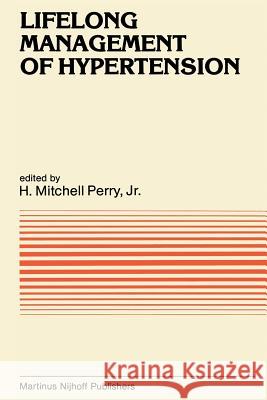Lifelong Management of Hypertension » książka
Lifelong Management of Hypertension
ISBN-13: 9789400967342 / Angielski / Miękka / 2011 / 268 str.
In the thirty years since the advent of efTective pharmacologic treatment for hypertension, the world ofthe hypertensive has been transformed beyond recog nition. The first change involved only malignant hypertensives with enough residual renal parenchyma to survive. Such a hypertensive could trade inevitable renal failure - unless an intracerebral bleed occurred first - for a rigid regimen which prevented his blood pressure from destroying him but which was asso ciated with nearly intolerable side effects. Over the next 20 years, increasing numbers of patients with hypertension of decreasing severity were treated with drugs that had fewer and fewer side effects. In 1970, with the medical world finally ready to accept the concept, the well-known Veterans Administration Study demonstrated that morbidity and mortality could be diminished in mode rately hypertensive patients by antihypertensive therapy that had minimal side effects. As a result there has been a major attempt to bring everyone with elevated blood pressure under lifelong pharmacologic control. It is difficult, however, to know what levels ofblood pressure deserve treatment; many who, when therapy first became available, would not have even been considered hypertensive are now candidates for treatment. The lower the pressure, the larger the potential population to be treated, but the smaller the individual risk and hence the smaller the possible benefit. The point where decades of diminished quaiity of life from treatment begins to outweigh a possible late-life complication is yet to be de termined."











